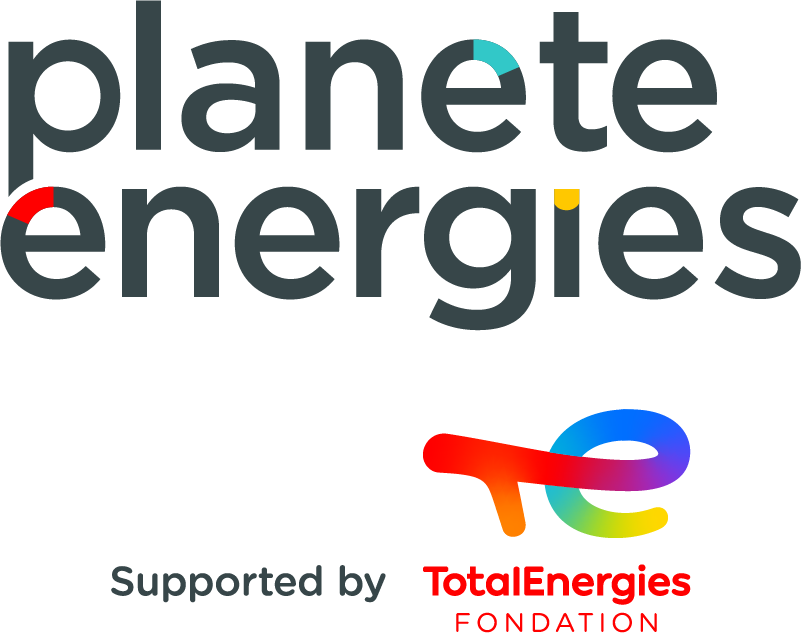All about LNG
5 min read
is one of the two fuels used to natural gas vehicles (NGVs). Stored in a tank at extremely low temperatures, LNG is particularly suitable for trucks and ships.
All about LNG (Liquified Natural Gas)
The is moving fast and alternative energies are being developed, like NGV, Natural Gas for Vehicles.
NGV is a natural gas used as fuel. It is an immediate alternative to conventional fuels for all fleet vehicles.
Don’t get lost in all these acronyms! NGV includes CNG, Compressed Natural Gas and LNG, Liquified Natural Gas.
What is natural gas composed of?
It is a blend of light hydrocarbons mainly composed of methane naturally present in certain porous rocks.
Natural gas is used as an energy source for various purposes: residential, industrial or power generation. And its use as a fuel is increasing. On the road, LNG is used exclusively for trucks and coaches. It can also be used as fuel by some ships.
And how is natural gas transported to service stations?
Natural gas is cooled and liquefied to be transported by ship to the LNG terminal. It is then delivered by truck to service stations.
Once at the station, LNG is stored in cryogenic tank that keep it in the liquid state between -120 °C and -162 °C.
Be aware, filling up with LNG is not for everyone: you must first being trained for this and put on your protective personal equipment: safety visor, cryogenic gloves, long-sleeved clothing and safety shoes.
And what are LNG advantages?
A LNG engine is quieter* and meets the highest pollutant emissions standards. It also offers an excellent range that can reach 1,500 km. Hence it’s mainly intended for long-haul transport. And a LNG vehicle can prove more cost effective* than a
or gasoline one depending on the customer’s use.
* than a Diesel or gasoline engine
Still in full development today, the network of LNG service stations is progressively spreading, in particular on major European routes.










